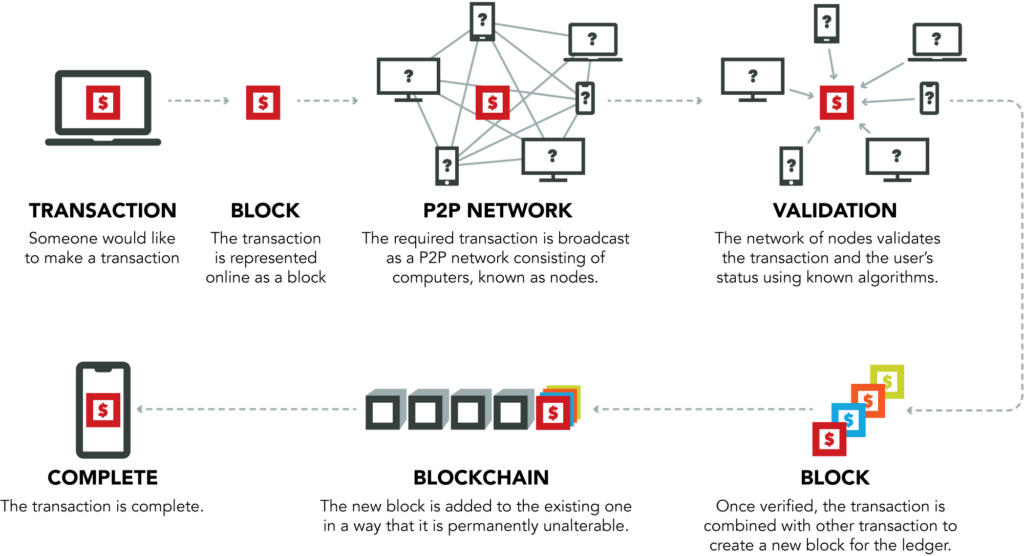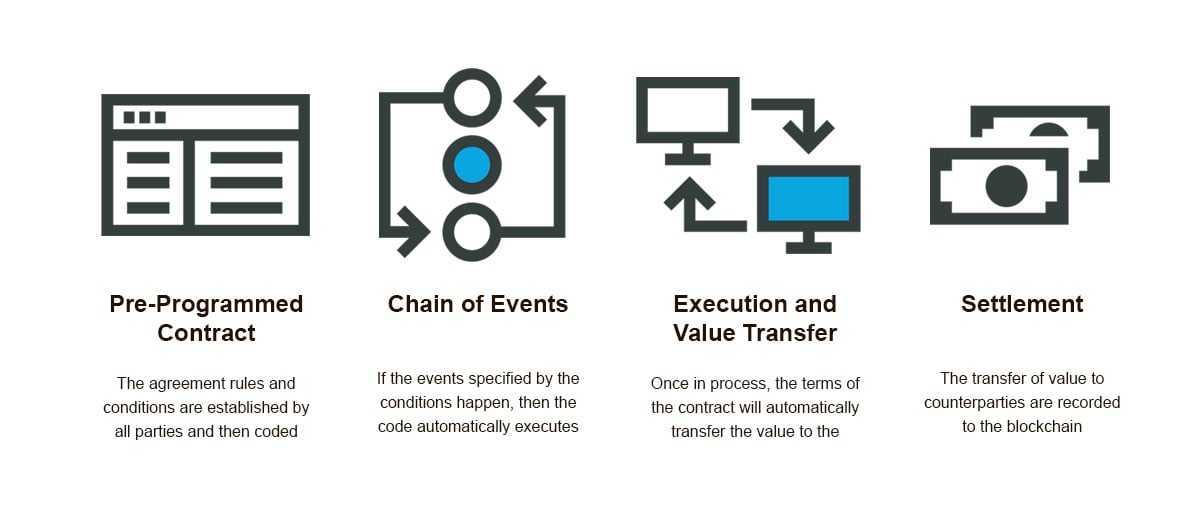Blockchain is Great for Manufacturing Supply Chains
In 1994 I was 11, and my Dad brought home a Canon PC with a 486 Intel processor running Windows 3.1. Yes, believe it or not Canon used to make PC’s, before that we had a Tandy 1000 at home. But it wasn’t until we got our PC with Windows 3.1 that I really started to explore the internet. Our small town of Plymouth, Indiana was awarded a federal grant to get the internet and I’m not kidding you, it was called “Skynet”. It was a public ISP, and I still remember going to our county building for the opening meeting and hearing them say, “we’re getting this thing called the Internet and it’s going to change everything.” And of course, the first thing I did when we got connected at home was search cheat codes for Doom II. We had Mosaic as a browser, but I vaguely remember using Gopher protocol, which was an alternative to the World Wide Web to retrieve documents, hence the cheat codes for Doom. I played a lot of Microsoft Golf at that time, but I digress.
Blockchain, in my opinion has the ability to change everything just like the Internet did when I was a kid. The Internet has become the very fabric of how we conduct our daily lives from personal to business to how we schedule our days and weeks. The Blockchain is a chain of blocks that form a database. Devices that store these distributed data are not shared servers. Each block is an organized record that comprise a reference to the previous block and the time stamp. The list of blocks inside the database is continually expanding. The principle of the blockchain is to combine digital records into blocks. Complex mathematical algorithms link these blocks together in chronological cryptographic chain then new units are at the end of this chain. To rearrange the blocks in some places impossible, the system will reject such action on the basis of the timestamp and structure.

Blockchain has already disrupted currency, what’s next? Healthcare, Business, Government, Energy, Real Estate, Accounting, Law, or how about Manufacturing? Manufacturing produces so much data, according to the Internet of Things Institute of data a day. Imagine all the manufacturing equipment in the world and supply chain processes and the data that those systems are producing, but just like PC’s of the early Internet age, their true power wasn’t realized until connecting to the Internet. Manufacturing systems are still largely disconnected from one another, imagine if we could build the infrastructure for all these systems to communicate, just how the Internet connected so many users, servers, and organizations together. So many new businesses were started purely because of the Internet. Blockchain has the ability to create that infrastructure of securely connecting the Industrial Internet of Things, and provide an immutable and non-reputable digital ledger and consensus network that will democratize the way we do business and manufacture today. Envision, a farmer in Indiana has a tractor that recently broke a pulley on the engine. Instead of the local supply store having to stock hundreds of thousands of dollars of inventory or ordering the part from the manufacturer and waiting for delivery; they have one metal 3D printer that they can print any part on-demand from the OEMs catalog and provide it within the same day to the farmer. Instead of “farm-to-table” as they say in the food industry we call this “filament-to-farm”.
Now, how do we protect the intellectual property and everyone between? Enter the Blockchain. The digital thread of models to 3D print various products for OEM catalogs can be secured in these digital blocks and only be accessed if payment is made and then the file can be used once for printing on the machine payment is made through. It’s almost like a “manufacturing vending machine”. Every entity along this supply chain is compensated for their effort and the end customer is happy because they get the item in the most cost effective way and instantly.
This may sound like futuristic thinking, but isn’t that what they said in 1994 about the Internet? This will change everything.

Thus, reducing the overhead of the local farm supply store and providing the most competitive priced component to the farmer that can be executed through a smart contract where both parties are reimbursed and the transaction is seamless for them and the farmer.

Now, how do we protect the intellectual property and everyone between? Enter the Blockchain. The digital thread of models to 3D print various products for OEM catalogs can be secured in these digital blocks and only be accessed if payment is made and then the file can be used once for printing on the machine payment is made through. It’s almost like a “manufacturing vending machine”. Every entity along this supply chain is compensated for their effort and the end customer is happy because they get the item in the most cost-effective way and instantly.
This may sound like futuristic thinking, but isn’t that what they said in 1994 about the Internet? This will change everything.